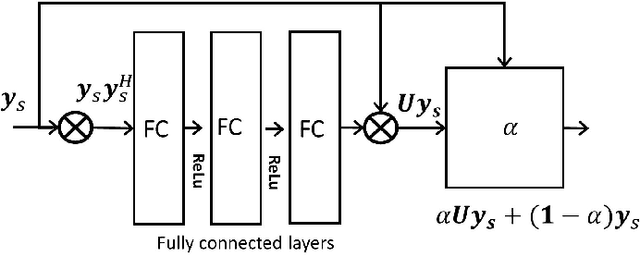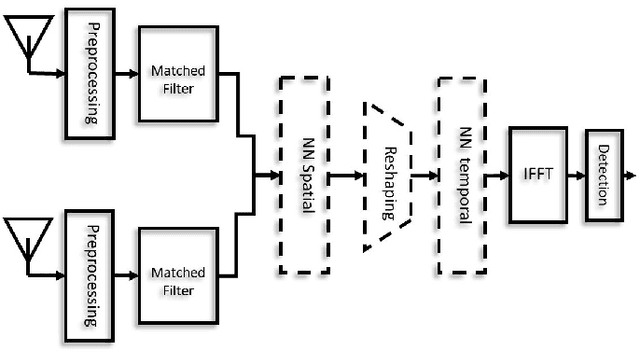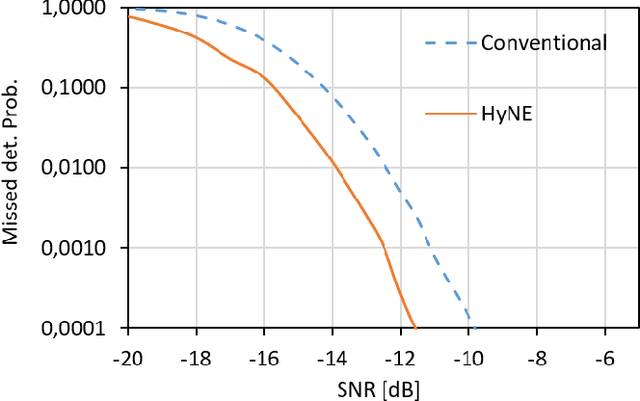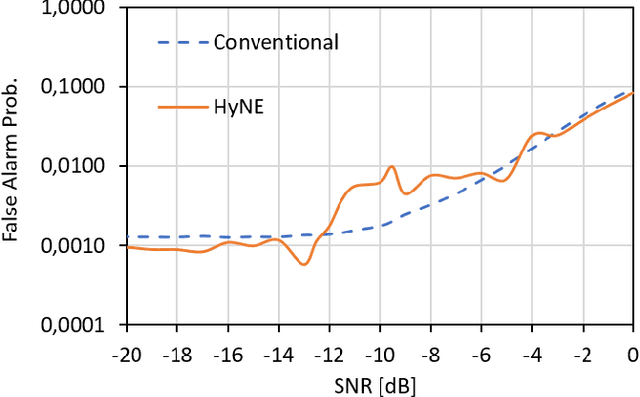Yejian Chen
Constellation Shaping under Phase Noise Impairment for Sub-THz Communications
Nov 21, 2023Abstract:The large untapped spectrum in the sub-THz allows for ultra-high throughput communication to realize many seemingly impossible applications in 6G. One of the challenges in radio communications in sub-THz is the hardware impairments. Specifically, phase noise is one key hardware impairment, which is accentuated as we increase the frequency and bandwidth. Furthermore, the modest output power of the sub-THz power amplifier demands limits on peak to average power ratio (PAPR) signal design. Single carrier frequency domain equalization (SC-FDE) waveform has been identified as a suitable candidate for sub-THz, although some challenges such as phase noise and PAPR still remain to be tackled. In this work, we design a phase noise robust, low PAPR SC-FDE waveform by geometrically shaping the constellation under practical conditions. We formulate the waveform optimization problem in its augmented Lagrangian form and use a back-propagation-inspired technique to obtain a constellation design that is numerically robust to phase noise, while maintaining a low PAPR.
Blind Coherent Preamble Detection via Neural Networks
Sep 30, 2021



Abstract:In wireless communications systems, the user equipment (UE) transmits a random access preamble sequence to the base station (BS) to be detected and synchronized. In standardized cellular communications systems Zadoff-Chu sequences has been proposed due to their constant amplitude zero autocorrelation (CAZAC) properties. The conventional approach is to use matched filters to detect the sequence. Sequences arrived from different antennas and time instances are summed up to reduce the noise variance. Since the knowledge of the channel is unknown at this stage, a coherent combining scheme would be very difficult to implement. In this work, we leverage the system design knowledge and propose a neural network (NN) sequence detector and timing advanced estimator. We do not replace the whole process of preamble detection by a NN. Instead, we propose to use NN only for \textit{blind} coherent combining of the signals in the detector to compensate for the channel effect, thus maximize the signal to noise ratio. We have further reduced the problem's complexity using Kronecker approximation model for channel covariance matrices, thereby, reducing the size of required NN. The analysis on timing advanced estimation and sequences detection has been performed and compared with the matched filter baseline.
 Add to Chrome
Add to Chrome Add to Firefox
Add to Firefox Add to Edge
Add to Edge